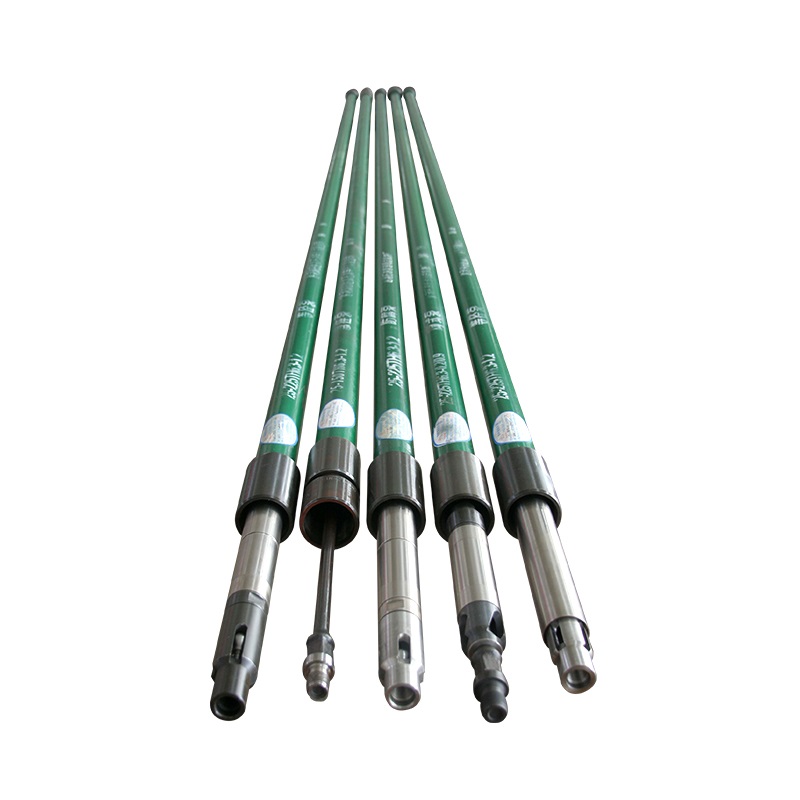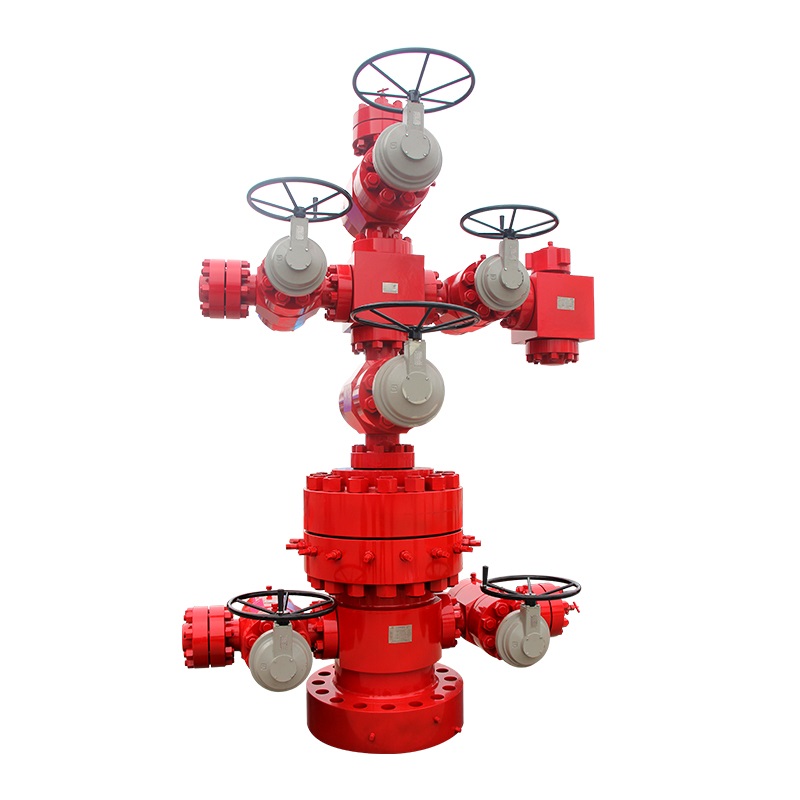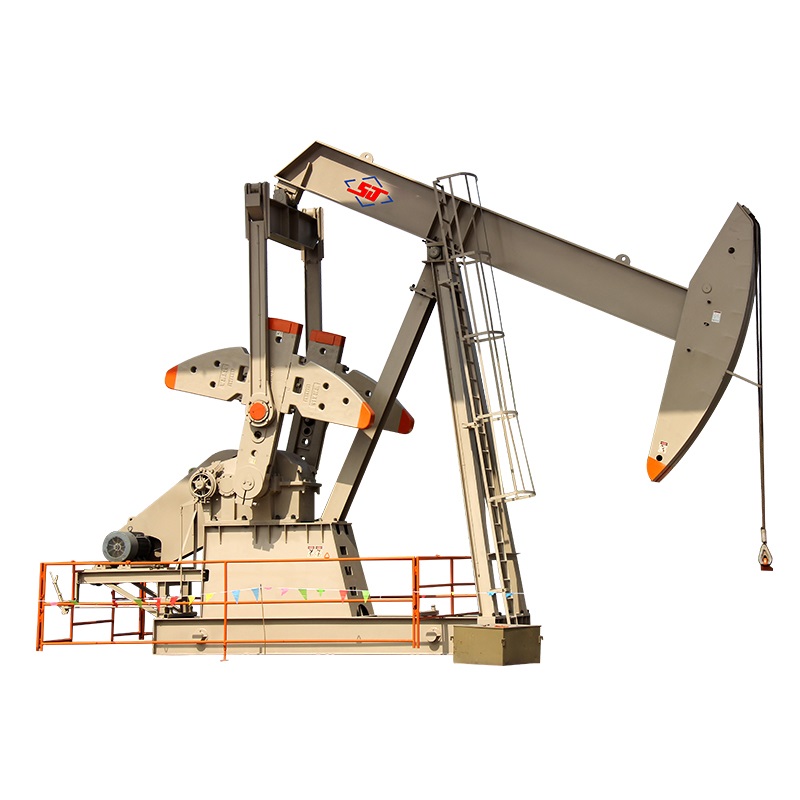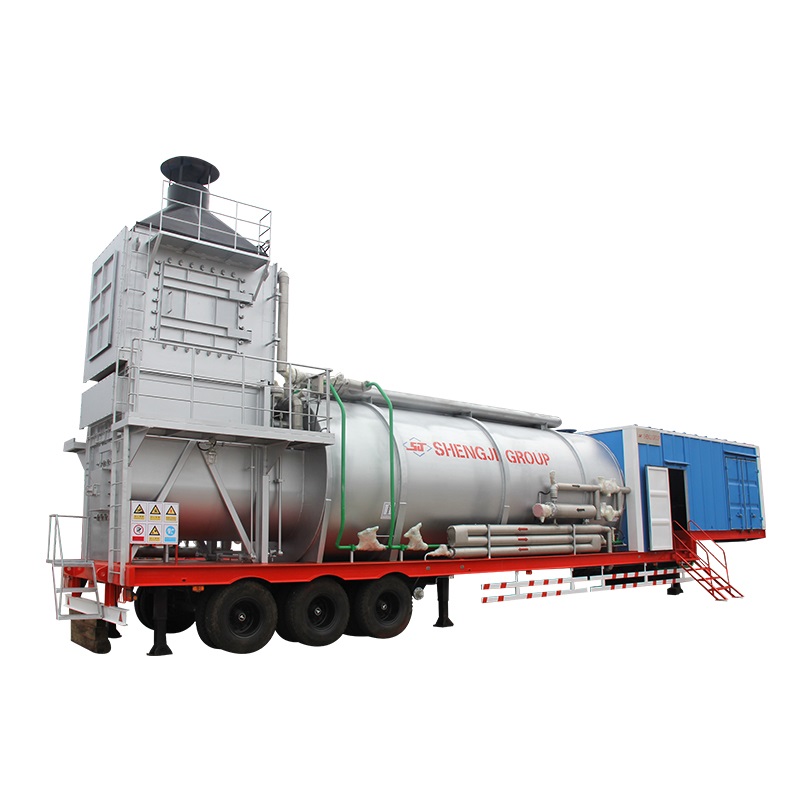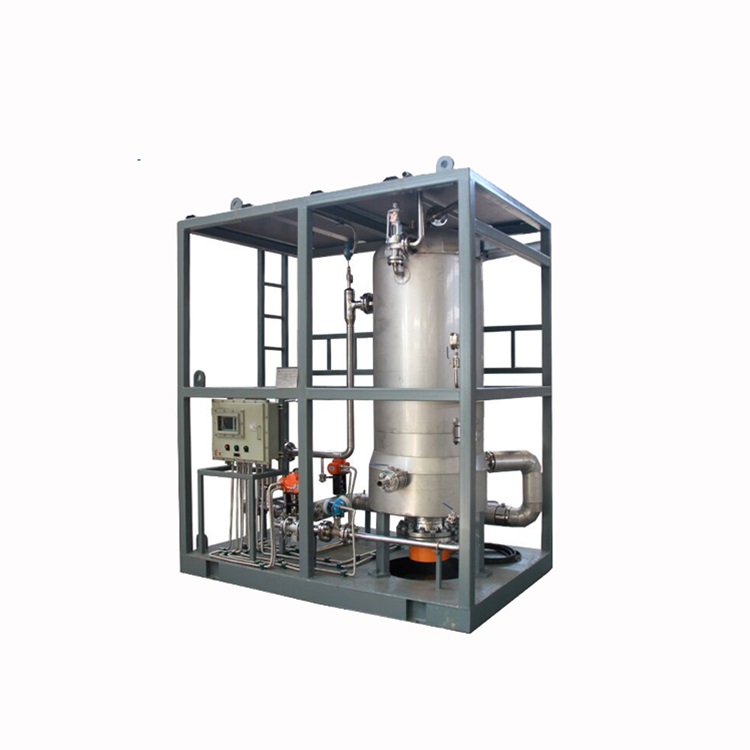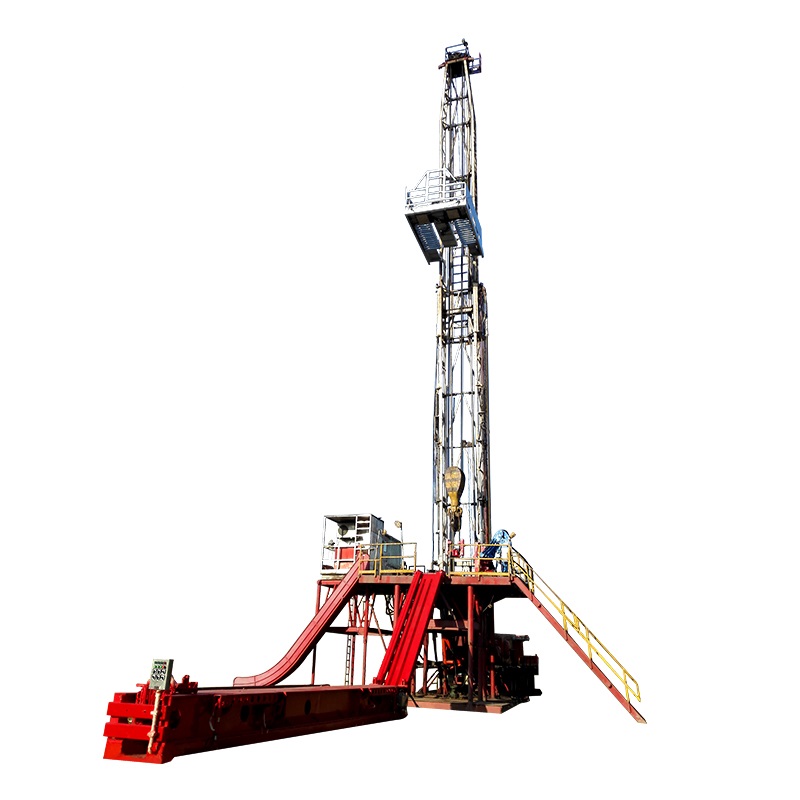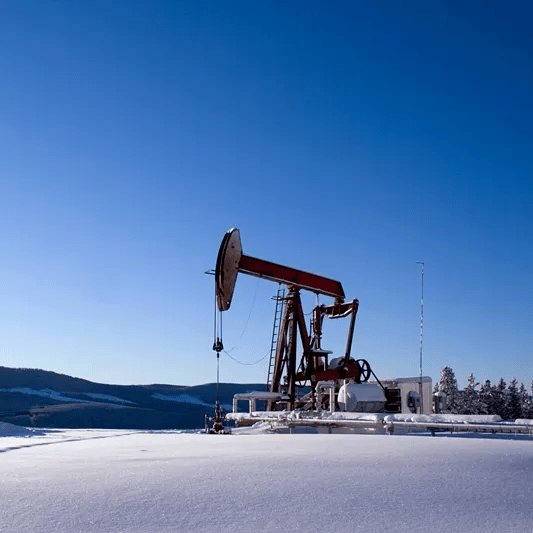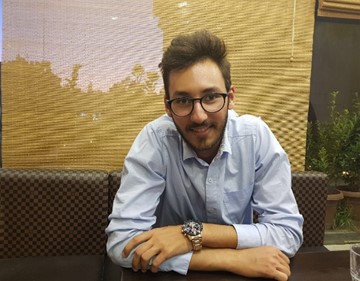Yes, we can provide tubing and casing complying with GOST standard. This Standard applies to seamless steel pipes with both triangular and trapezoidal thread and couplings to them, pipes with tight connections and couplings to them, and also to inserted-joint pipes, used for oil and gas wells lining.
GOST Standard Technical Requirements
1). Pipes and couplings shall be produced pursuant to the requirements of this Standard and production schedules approved in accordance with the established procedure.
2). No skins, blisters, laps, delaminations, cracks and dumbs shall be on the outside and internal surfaces of pipes and couplings. Chipping and stripping of these defects is allowed provided that their depth does not exceed maximum negative deviation for wall thickness. Patchwork, calking or embedding of defective places is not allowed. In places where the wall thickness may be measured directly, the depth of defective places may exceed the value specified in this clause, provided that the minimum wall thickness is preserved, determined as a difference between the nominal pipe wall thickness and its maximum negative deviation. Minor dints, nicks, grooves, thin layer of scale and other defects, due to the production process, are allowed, provided that the wall thickness in this case does not go beyond the maximum negative deviations.
3). Junction of the upset part of pipe ТБО female end to its part with the wall
thickness s shall have no abrupt ledges. The defects specified in clause 2.2 are not allowed on a surface with diameter Dн at the length lв min from the pipe end. There shall be no more than three defective places (e.g. underfilled with metal and defects repair), each one extending lengthwise circumference by no more than 50 mm, with the width of no more than 20 mm and depth of no more than 2 mm on external and internal surfaces of the upset part of pipe female end at the distance above lв min from the pipe end. Wall thickness in a junction part of pipe female end shall be no less than minimum allowable wall thickness of the pipe plain part. 4). The mass fraction of sulfur and phosphorus in steel shall not exceed 0.045 % each.
5). Pipes and couplings shall be produced from steel of strength group specified in table 7.
6). Pipes and couplings shall be produced from steel of the same strength group. It is allowed to produce pipe with couplings made from steel with higher mechanical properties. At the customer’s request, the special couplings with decreased outside diameter to pipes ОТТМ and ОТТГ shall be produced from steel of subsequent groups of strength with higher mechanical properties.
7). Pipes and couplings to them of strength group K and higher shall be subjected
to thermal or thermo-mechanical treatment. Pipes ТБО of all groups of strength shall be subjected to thermal treatment after female end upset.
8). Pipes shall pass the test for flattening. The distance between parallel planes after test shall not exceed that specified in table 8.
9). Thread and tightening tapered bores of couplings shall be zinc-coated or
phosphatized.
10). Each pipe with triangular thread (ОТТМ and ОТТГ) shall be equipped with a
coupling fixed on coupling-screwing tool on one of its ends. When screwing pipes and couplings, a lubricant or others sealants, ensuring tightness of connection and preventing it from corrosion and scoring, shall be applied.
11). With the purpose of corrosion prevention, the external surface of each pipe and coupling shall be painted at the customer’s request.
12). Pipes with screwed on couplings, and also inserted-joint pipes shall pass the test under internal hydraulic pressure.

